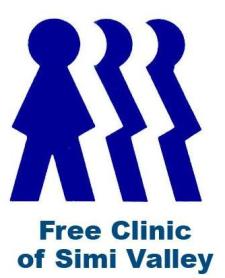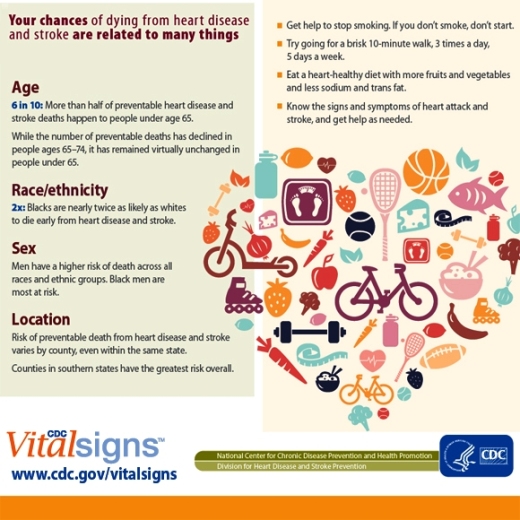Help Your Kids Swim Safely This Summer: Drowning Prevention Tips
/ Every day, about ten people die from unintentional drowning. Of these, two are children aged 14 or younger. Drowning ranks fifth among the leading causes of unintentional injury death in the United States. Let's put a stop to this, courtesy of these reminders from the CDC.
Every day, about ten people die from unintentional drowning. Of these, two are children aged 14 or younger. Drowning ranks fifth among the leading causes of unintentional injury death in the United States. Let's put a stop to this, courtesy of these reminders from the CDC.
Tips to help you stay safe in the water
- Supervise When in or Around Water. Designate a responsible adult to watch young children while in the bath and all children swimming or playing in or around water. Supervisors of preschool children should provide “touch supervision”, be close enough to reach the child at all times. Because drowning occurs quickly and quietly, adults should not be involved in any other distracting activity (such as reading, playing cards, talking on the phone, or mowing the lawn) while supervising children, even if lifeguards are present.
- Use the Buddy System. Always swim with a buddy. Select swimming sites that have lifeguards when possible.
- Seizure Disorder Safety. If you or a family member has a seizure disorder, provide one-on-one supervision around water, including swimming pools. Consider taking showers rather than using a bath tub for bathing. Wear life jackets when boating.
- Learn to Swim. Formal swimming lessons can protect young children from drowning. However, even when children have had formal swimming lessons, constant, careful supervision when children are in the water, and barriers, such as pool fencing to prevent unsupervised access, are still important.
- Learn Cardiopulmonary Resuscitation (CPR). In the time it takes for paramedics to arrive, your CPR skills could save someone’s life. HANDS-ONLY CPR INSTRUCTION VIDEO
- Air-Filled or Foam Toys are not safety devices. Don’t use air-filled or foam toys, such as "water wings", "noodles", or inner-tubes, instead of life jackets. These toys are not life jackets and are not designed to keep swimmers safe.
- Avoid Alcohol. Avoid drinking alcohol before or during swimming, boating, or water skiing. Do not drink alcohol while supervising children.
- Don’t let swimmers hyperventilate before swimming underwater or try to hold their breath for long periods of time. This can cause them to pass out (sometimes called “shallow water blackout”) and drown.
If you have a swimming pool at home:
- Install Four-Sided Fencing. Install a four-sided pool fence that completely separates the pool area from the house and yard. The fence should be at least 4 feet high. Use self-closing and self-latching gates that open outward with latches that are out of reach of children. Also, consider additional barriers such as automatic door locks and alarms to prevent access or alert you if someone enters the pool area.
- Clear the Pool and Deck of Toys. Remove floats, balls and other toys from the pool and surrounding area immediately after use so children are not tempted to enter the pool area unsupervised.
Information courtesy of the CDC at www.cdc.gov/safechild.
COMPILATION OF LOCAL VENTURA COUNTY AREA SUMMER SWIMMING OPTIONS











